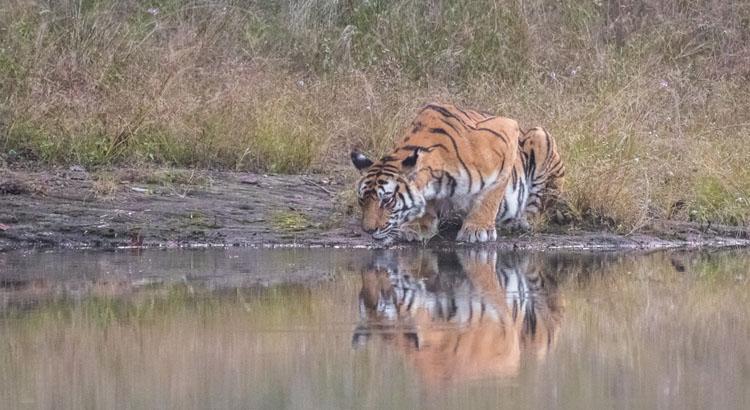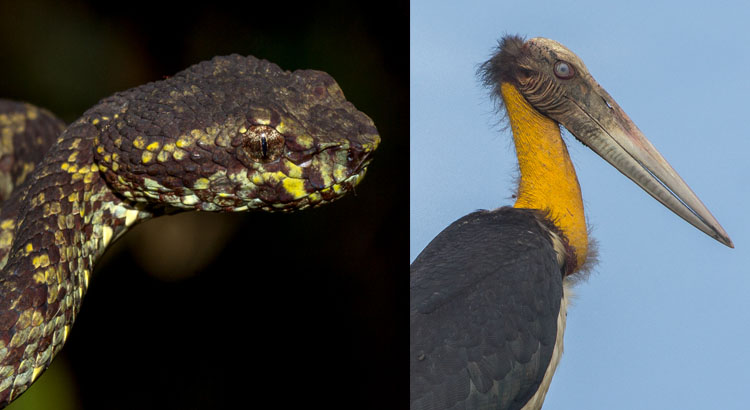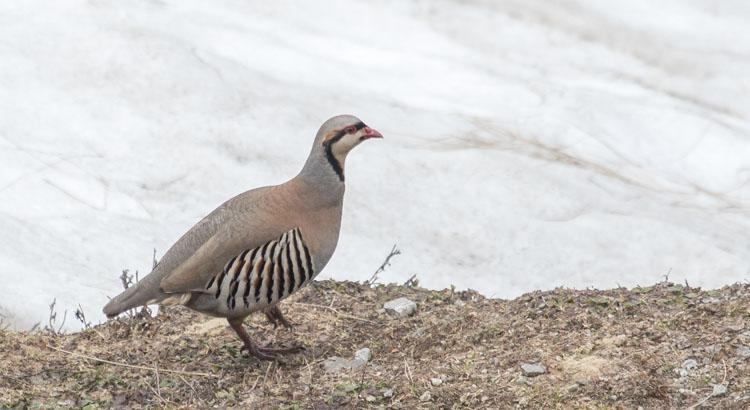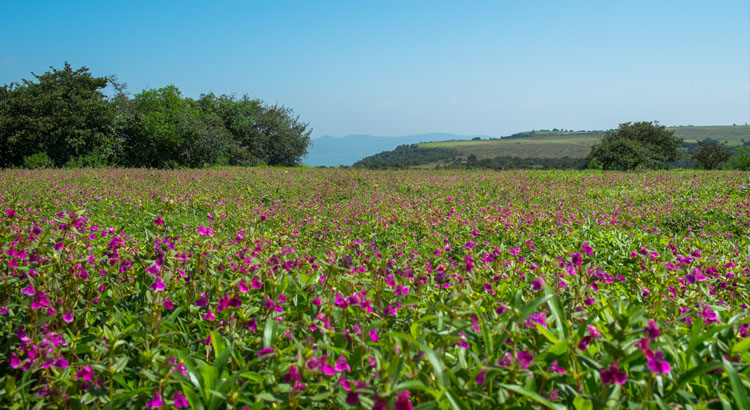Introduction
With one of the highest known densities of Tigers in India, Kanha National Park attracts wildlife photographers and enthusiasts from all over the world to experience the realm of the king of the jungle.
This April, join Wild India – Kanha Jungle Safari tour to see and photograph the majestic big cats along with some stunning landscapes in one of the most beautiful jungle of Central India.
[rule style=”rule-fadecorder” ]
About Kanha
Kanha National park is located in the Mandla district of Madhya Pradesh and it extends over an area of over 1,940-sq- kms. The major feature of this region’s interesting topography is the horseshoe shape valley and the whole park area is surrounded by the spurs of the Mekal.
The Surpan River meanders through Kanha’s central Maidans, grasslands that cover the extensive plateau. Steep rocky escarpments along the edges offer breathtaking views of the valley.
Welcome to the place knows for its Royal Bengal Tiger, the lush sal and bamboo forests, grassy meadows and ravines. Bhramar invites families, enthusiasts, photographers and first-timers to experience surrealism at its best.
WHAT TO EXPECT ~ MAMMALS
First time visitors are often so keen to spot the larger animals that they overlook the smaller ones. Kanha national park has 22 species of mammals. The animals which can be spotted are TIGER, Black naped hare, Indian wild dog, the Striped Palm Squirrel, Common langur, Jackal, Wild Boar, Chital, Spotted deer, Sambar and leopard.
The other main attraction in the park is the Barasingha. You might see a tiger in many other national parks, but you will definitely not see a Barasingha anywhere else, as this is their only home. So it’s better to take a good look at them here itself.
WHAT TO EXPECT ~ BIRDS
There are over 150 varieties of birds in Kanha. So if you happen to be bird watcher, look forward to sight a good variety of the avian species.
The bird species in the park include storks, teals, pintails, pond herons, egrets, peacock, peafowl, junglefowl, spurfowl, partridges, quails, collared doves, parakeets, green pigeons, rock pigeons, cuckoos, papihas, rollers, bee-eater, hoopoes, drongos, warblers, kingfishers, woodpeckers, finches, orioles, owls and fly catchers.
Join us to explore the place. Booking will be accepted on first come first serve basis.
[rule style=”rule-fadecorder” ]
Gallery
Here are few clicks from our previous trips. More clicks can be found on our facebook page at Wild India Eco Tours.
[rule style=”rule-fadecorder” ]
Tour Itinerary
Day 1: Arrive at Nagpur by 10:00 hrs and proceed to resort at Kanha with lunch en-route. Arrive at the resort in evening and spent rest of the time relaxing followed by dinner. Overnight at the resort.
Day 2: Leave for morning Jungle Safari by 0500 hrs with packed breakfast. Return by 1100 hrs for lunch. Post lunch, leave for evening Jungle Safari by 1500 hrs. Return back to resort post sunset. Spend rest of the time in relaxing, wildlife discussions, image reviews and post processing sessions (if required) followed by dinner. Overnight at the resort.
Day 3: Leave for morning Jungle Safari by 0500 hrs with packed breakfast. Return by 1100 hrs for lunch. Post lunch, leave for evening Jungle Safari by 1500 hrs. Return back to resort post sunset. Spend rest of the time in relaxing, wildlife discussions, image reviews and post processing sessions (if required) followed by dinner. Overnight at the resort.
Day 4: Leave for morning Jungle Safari by 0500 hrs with packed breakfast. Return by 1030 hrs to the resort. Have an early lunch or checkout early and have lunch en-route. Arrive at Nagpur by 1900 hrs.
[rule style=”rule-fadecorder” ]
Note that this is a sample itinerary and can be customized as per your requirements. Please use the form below to let us know about your requirements and we shall get back to you with an updated itinerary along with a tentative cost.
[rule style=”rule-fadecorder” ]
Enquire about this tour
Please include complete details and contact information. In case of any special requirement please include the same in other details section.



